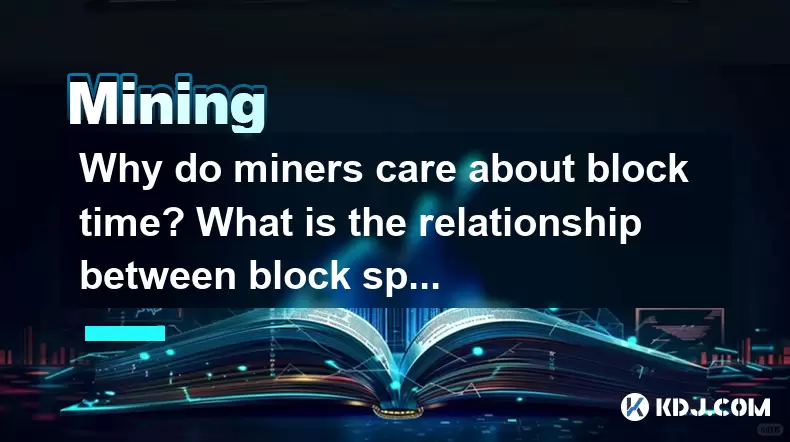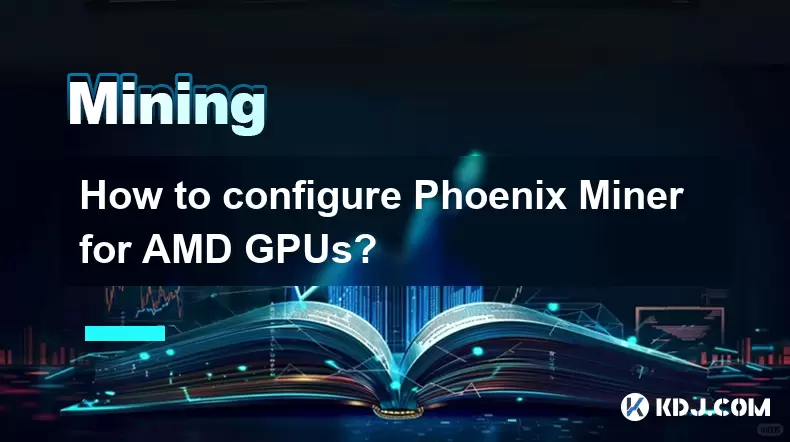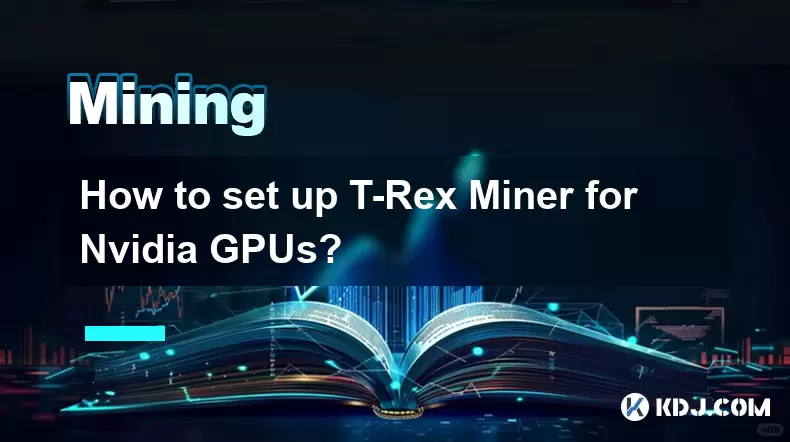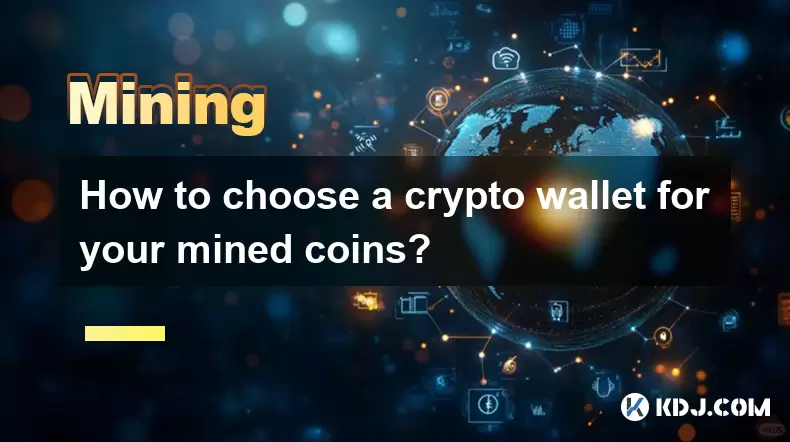-
 Bitcoin
Bitcoin $117600
0.25% -
 Ethereum
Ethereum $4424
0.10% -
 XRP
XRP $3.101
0.50% -
 Tether USDt
Tether USDt $1.001
-0.01% -
 BNB
BNB $836.2
1.26% -
 Solana
Solana $188.8
2.11% -
 USDC
USDC $1.000
0.01% -
 Dogecoin
Dogecoin $0.2301
0.57% -
 TRON
TRON $0.3485
-1.00% -
 Cardano
Cardano $0.9209
-1.34% -
 Hyperliquid
Hyperliquid $46.72
-1.19% -
 Chainlink
Chainlink $22.62
4.84% -
 Stellar
Stellar $0.4275
-0.38% -
 Sui
Sui $3.761
1.91% -
 Bitcoin Cash
Bitcoin Cash $586.7
-0.25% -
 Ethena USDe
Ethena USDe $1.001
0.01% -
 Hedera
Hedera $0.2510
2.06% -
 Avalanche
Avalanche $24.21
2.22% -
 Litecoin
Litecoin $119.7
1.07% -
 Toncoin
Toncoin $3.450
1.06% -
 UNUS SED LEO
UNUS SED LEO $9.411
-0.93% -
 Shiba Inu
Shiba Inu $0.00001298
1.20% -
 Uniswap
Uniswap $10.98
3.25% -
 Polkadot
Polkadot $3.961
2.16% -
 Dai
Dai $1.000
0.00% -
 Bitget Token
Bitget Token $4.642
0.95% -
 Cronos
Cronos $0.1514
0.57% -
 Ethena
Ethena $0.7290
3.78% -
 Monero
Monero $254.1
7.69% -
 Pepe
Pepe $0.00001102
2.47%
Why do miners care about block time? What is the relationship between block speed and revenue?
Miners monitor block time closely as it affects their revenue; shorter times mean more frequent rewards, but too short can lead to orphaned blocks and increased competition.
May 09, 2025 at 03:00 pm

Miners play a crucial role in the cryptocurrency ecosystem, particularly in networks that use Proof of Work (PoW) consensus mechanisms like Bitcoin. One of the key metrics that miners closely monitor is block time, which is the average time it takes for a new block to be added to the blockchain. Understanding why miners care about block time and how it relates to their revenue is essential for grasping the dynamics of mining operations.
The Importance of Block Time for Miners
Block time directly influences the efficiency and profitability of mining operations. Miners are essentially competing to solve complex mathematical puzzles to validate transactions and add them to the blockchain. The first miner to solve the puzzle gets to add a new block and is rewarded with newly minted coins and transaction fees. Therefore, the shorter the block time, the more frequently miners can potentially earn rewards.
In networks like Bitcoin, the target block time is set at around 10 minutes. If the block time is consistently shorter than this target, it could indicate that the network's hash rate is too high, which might lead to more frequent block rewards but could also increase the risk of forks and orphaned blocks. Conversely, if the block time is longer, it might suggest that the network's hash rate is too low, leading to less frequent rewards and potentially slower transaction confirmations.
How Block Time Affects Mining Revenue
The relationship between block time and mining revenue is straightforward yet nuanced. The primary source of revenue for miners comes from two components: block rewards and transaction fees. The block reward is a fixed amount of cryptocurrency that miners receive for successfully adding a new block to the blockchain. Transaction fees, on the other hand, are the amounts paid by users to have their transactions processed more quickly.
Shorter block times can lead to more frequent block rewards, which directly increases the potential revenue for miners. However, if the block time becomes too short, it can lead to increased competition and a higher likelihood of orphaned blocks, which are blocks that are not included in the main blockchain. Orphaned blocks do not contribute to a miner's revenue, as they do not receive the block reward or transaction fees associated with those blocks.
On the other hand, longer block times mean fewer opportunities for miners to earn rewards. This can negatively impact their revenue, as they have to wait longer between successful block additions. Additionally, longer block times can lead to slower transaction confirmations, which might deter users from using the network, ultimately affecting the transaction fees that miners can collect.
The Role of Difficulty Adjustments
To maintain a stable block time, most PoW networks implement difficulty adjustments. The difficulty of the mathematical puzzle that miners need to solve is adjusted periodically to ensure that the average block time remains close to the target time. For instance, in Bitcoin, the difficulty is adjusted every 2016 blocks, or approximately every two weeks.
If the block time is shorter than the target, the difficulty of the puzzle increases, making it harder for miners to find a valid block. This adjustment aims to slow down the rate at which new blocks are added, bringing the block time closer to the target. Conversely, if the block time is longer than the target, the difficulty decreases, making it easier for miners to find a valid block and speeding up the addition of new blocks.
Difficulty adjustments play a critical role in stabilizing the block time and, by extension, the revenue potential for miners. By ensuring that the block time remains consistent, these adjustments help miners plan their operations and manage their expectations regarding revenue.
Strategies Miners Use to Optimize Revenue
Given the importance of block time to their revenue, miners employ various strategies to optimize their operations. One common strategy is pool mining, where individual miners join forces to combine their computational power and share the rewards. By participating in a mining pool, miners can mitigate the risk of long intervals between successful block additions, as the pool's combined hash rate increases the likelihood of finding valid blocks more frequently.
Another strategy involves geographical diversification of mining operations. Miners might set up mining rigs in different locations to take advantage of varying electricity costs and environmental conditions. This diversification can help them maintain a stable and profitable operation, even if block times fluctuate.
Additionally, miners may adjust their hardware and software configurations to optimize their mining efficiency. This could involve upgrading to more powerful mining rigs or fine-tuning their software to reduce latency and increase the chances of solving the puzzle before their competitors.
The Impact of Block Time on Network Security
Block time also has implications for the security of the blockchain network. A shorter block time can lead to faster transaction confirmations, which enhances the user experience and can attract more users to the network. However, it also increases the risk of 51% attacks, where a group of miners controlling more than half of the network's hash rate could potentially double-spend coins or censor transactions.
On the other hand, a longer block time can reduce the risk of 51% attacks, as it becomes more difficult for any single group to control the majority of the network's hash rate for an extended period. However, longer block times can also make the network less attractive to users due to slower transaction confirmations, which could ultimately affect the transaction fees that miners rely on for revenue.
Frequently Asked Questions
Q: How does block time affect the scalability of a blockchain network?
A: Block time plays a significant role in the scalability of a blockchain network. Shorter block times can lead to faster transaction processing and higher throughput, which is beneficial for scalability. However, it also increases the risk of network congestion and orphaned blocks. Longer block times can reduce these risks but may lead to slower transaction confirmations, potentially hindering scalability.
Q: Can miners influence block time directly?
A: Miners cannot directly influence block time, as it is determined by the network's consensus rules and difficulty adjustments. However, miners can indirectly affect block time by adjusting their mining strategies, such as joining mining pools or optimizing their hardware and software configurations to increase their chances of finding valid blocks more frequently.
Q: How do different cryptocurrencies handle block time?
A: Different cryptocurrencies have varying approaches to managing block time. For example, Bitcoin targets a block time of 10 minutes, while Ethereum aims for a block time of around 15 seconds. These differences reflect the unique design goals and consensus mechanisms of each network. Some cryptocurrencies use alternative consensus mechanisms like Proof of Stake (PoS), which can have different implications for block time and mining revenue.
Q: What are the environmental implications of block time for miners?
A: The environmental impact of mining operations is closely tied to block time. Shorter block times can lead to more frequent mining activity, which increases energy consumption. Conversely, longer block times might reduce the frequency of mining, potentially lowering the environmental footprint. Miners often seek to balance their revenue goals with the need to operate sustainably, which can influence their strategies regarding block time and mining efficiency.
Disclaimer:info@kdj.com
The information provided is not trading advice. kdj.com does not assume any responsibility for any investments made based on the information provided in this article. Cryptocurrencies are highly volatile and it is highly recommended that you invest with caution after thorough research!
If you believe that the content used on this website infringes your copyright, please contact us immediately (info@kdj.com) and we will delete it promptly.
- Kazakhstan's Crypto Leap: Bitcoin ETF and Central Asia's Digital Finance Future
- 2025-08-13 12:45:19
- BlockDAG Presale Blazes Past $371M: Fundraising Frenzy Fuels Crypto Sensation
- 2025-08-13 13:05:21
- Meme Coins: Chasing the 2025 Surge – Which Will Moonshot?
- 2025-08-13 10:25:23
- Bitcoin's Wild Ride: Rally, Pullback, and What's Next
- 2025-08-13 10:25:23
- Bitcoin, Bitmax, and Institutional Demand: A New Era of Crypto Investment
- 2025-08-13 10:45:12
- Solana, ROAM, and Airdrops: What's the Buzz in 2025?
- 2025-08-13 11:35:13
Related knowledge

How to configure Phoenix Miner for AMD GPUs?
Aug 11,2025 at 03:21am
Understanding Phoenix Miner and Its Compatibility with AMD GPUsPhoenix Miner is a lightweight, high-performance Ethereum mining software designed for ...

How to set up T-Rex Miner for Nvidia GPUs?
Aug 10,2025 at 12:07am
Understanding T-Rex Miner and Its Compatibility with Nvidia GPUsT-Rex Miner is a high-performance mining software designed specifically for Nvidia GPU...

What is "proof-of-work" and how does it relate to mining?
Aug 07,2025 at 02:03pm
Understanding the Concept of Proof-of-WorkProof-of-work (PoW) is a consensus mechanism used in blockchain networks to validate transactions and secure...

How to choose a crypto wallet for your mined coins?
Aug 13,2025 at 11:36am
Understanding the Types of Crypto Wallets for Mined CoinsWhen selecting a crypto wallet for your mined coins, the first step is to understand the diff...

What are the differences between mining on Windows vs. Linux?
Aug 06,2025 at 11:29pm
Overview of Cryptocurrency Mining PlatformsCryptocurrency mining involves using computational power to solve complex cryptographic puzzles and validat...

How to use an old computer for cryptocurrency mining?
Aug 07,2025 at 12:42pm
Understanding the Feasibility of Using an Old Computer for MiningUsing an old computer for cryptocurrency mining may seem outdated, but it is still te...

How to configure Phoenix Miner for AMD GPUs?
Aug 11,2025 at 03:21am
Understanding Phoenix Miner and Its Compatibility with AMD GPUsPhoenix Miner is a lightweight, high-performance Ethereum mining software designed for ...

How to set up T-Rex Miner for Nvidia GPUs?
Aug 10,2025 at 12:07am
Understanding T-Rex Miner and Its Compatibility with Nvidia GPUsT-Rex Miner is a high-performance mining software designed specifically for Nvidia GPU...

What is "proof-of-work" and how does it relate to mining?
Aug 07,2025 at 02:03pm
Understanding the Concept of Proof-of-WorkProof-of-work (PoW) is a consensus mechanism used in blockchain networks to validate transactions and secure...

How to choose a crypto wallet for your mined coins?
Aug 13,2025 at 11:36am
Understanding the Types of Crypto Wallets for Mined CoinsWhen selecting a crypto wallet for your mined coins, the first step is to understand the diff...

What are the differences between mining on Windows vs. Linux?
Aug 06,2025 at 11:29pm
Overview of Cryptocurrency Mining PlatformsCryptocurrency mining involves using computational power to solve complex cryptographic puzzles and validat...

How to use an old computer for cryptocurrency mining?
Aug 07,2025 at 12:42pm
Understanding the Feasibility of Using an Old Computer for MiningUsing an old computer for cryptocurrency mining may seem outdated, but it is still te...
See all articles

























































































